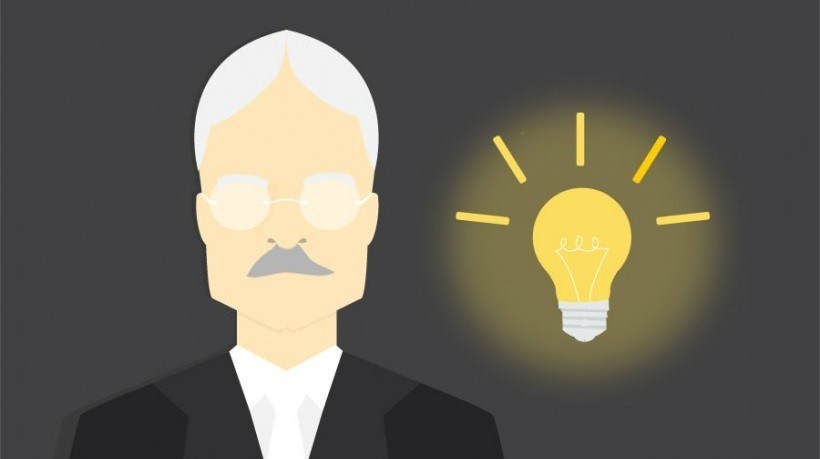Insight Into Neural Pathways And The True Nature Of Neurolearning
Taking what we now know about the brain’s response to information, the 2015 approach to neurolearning hinges not on amazing graphics, high-tech modules, or excellent delivery methods, but the power to draw insight from your learners. Dewey was right: It’s insight –not experience– that propels education.
When learners grasp a concept with a deeper level of understanding, that insight actually has a biological effect on the brain. Insight activates the largest part of the brain–the cortex. The cortex is responsible for both thought and action, so activation is a necessity for truly impactful learning.
Most people think of the brain as a hard drive, where pieces of information can be stored individually and accessed when necessary. But the brain isn’t a hard drive; it’s a spider web. Each layer of learning connects to previous experiences, memories, and past insight, creating an entire web of knowledge that is supported and connected to other parts of the brain. When you cause learners to go deeper than a shallow understanding, you physically thicken those connections between topics and memories for better recall. The stronger the connections, the better recall the learner has and the more effective the eLearning.
Causing Reflection
As Dewey said, there’s no learning without reflection. But what does that really mean? In short, many eLearning initiatives are simply wasted because administrators and facilitators fail to give learners sufficient time to think about what they’ve learned, gain insight on the topic, and strengthen those neural pathways for later recall. When an eLearning module is over, they simply move on, setting their learners up for learning amnesia.
Time for reflection doesn’t necessarily mean a quiet period for thought. Reflection refers to any activity or task that causes learners to reframe what they’ve learned in order to create a personal connection to the subject matter. Here are some modern ideas to apply Dewey’s vintage advice:
- Ask different questions.
You know what you want your learners to get from a training session, so ask the right questions. What are the three objectives of a lesson, for example, or how could this be applied outside of the classroom. - Make engagement a choice.
Forcing learners into the same learning path as everyone else can result in a tenuous connection at best. Instead, make engagement a choice: Offer different avenues for learning so each type of individual has the chance to learn at his own pace and choose the topics and information that most interests him. - Find learning moments.
The classroom shouldn’t be the only place for learning. By finding learning moments and encouraging learners to recall what they know, you cause them to reflect on their experiences and continue strengthening those neural connections.
A piece of advice that was uttered so long ago by Dewey may seem outdated, but when applied to modern neurolearning, it results in new insight and understanding. By pushing learners to autonomously do more than simply go through the motions of training, the post-class reflection, discussion, and practice become the most important factor in turning learning into understanding and action.

